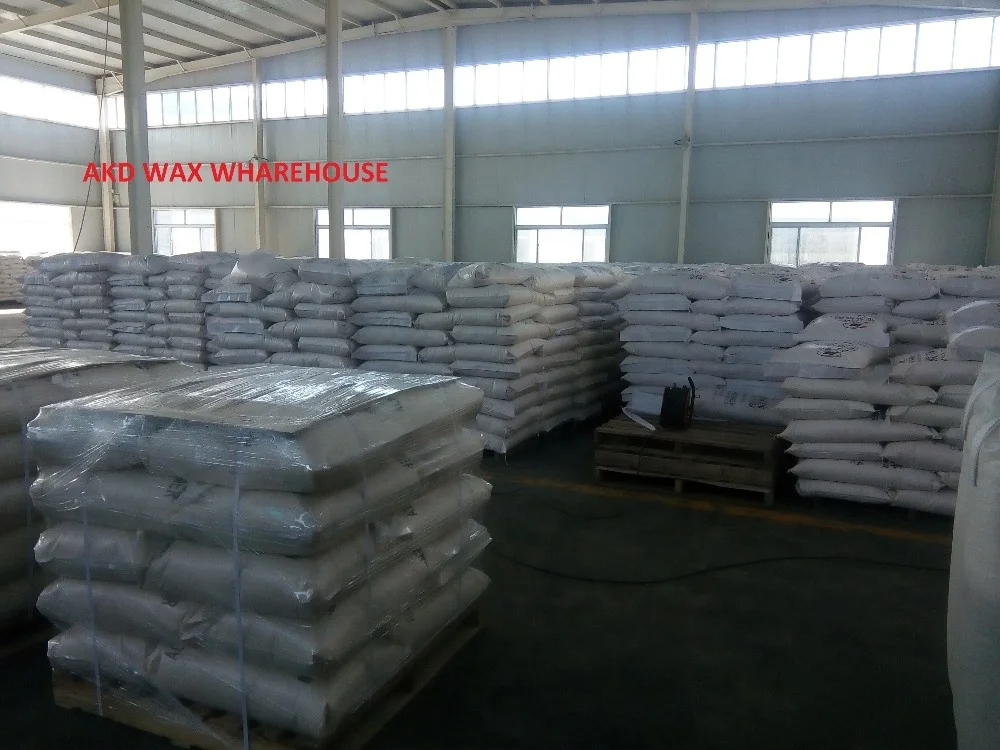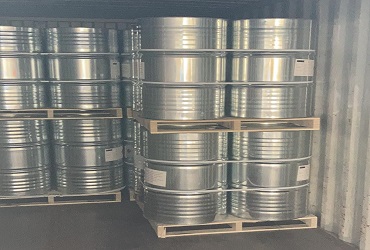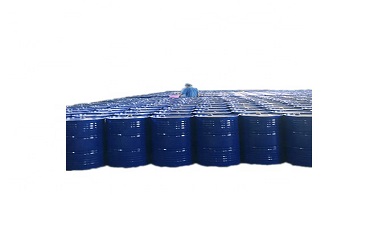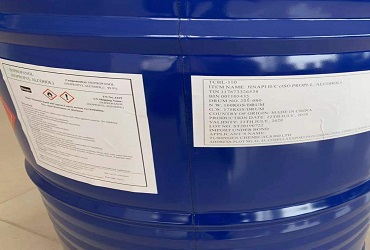White paper: Coagulant and Flocculant
Coagulants and flocculants are two chemicals that are used in the coagulation and flocculation processes respectively. In this guide, we are going to give you tips on how to select the right flocculant and coagulant for chemical water treatment.
What is a coagulant?
Coagulants refer to chemicals that flocculate suspended particles in water. A coagulant can be a flocculant that is usually added for co-precipitation; this means that the flocculant helps to dissolve the coagulant and make it soluble.
What are coagulation and flocculation?
Coagulation is a process where small insoluble particles suspended in water are made to interact with each other. As they form larger particles (flocs) which are then removed from the water supply by sedimentation.
Flocculation on the other hand involves forcing bubbles or air into decaying coagulated masses of solids. They end up producing coarser particles.
Coagulation takes place before flocculation.
How coagulants coagulant vs. flocculants work

Coagulants have the quality of positively charged ions that are attracted to negatively charged suspended particles in water, causing them to coagulate.
One of the flocculant's functions is to dissolve the coagulant, thereby reducing its effect on dissolved organics. This is because this flocculant will not be a very strong alkali or acid salt.
In addition, flocculants enhance the formation of hydrated metal oxide colloids. These can also play an important role in chemical water treatment processes such as sedimentation and filtration.
The coagulation process is just one of the steps that must be taken in chemical water treatment.
Depending on the coagulants and flocculants used, coagulation may not always occur in its entirety.
For example, flocculant chemical like activated carbon can reduce coagulant dose requirements by up to 45% while other flocculants such as acid salts can reduce their dosage requirements by up to 20%.
Coagulant vs. Flocculant processes
The coagulation process involves allowing chemicals like polyelectrolytes (co-polymers or copolymers) or metal ions to react with negatively charged particles suspended in an aqueous solution and coagulate them when the coagulation threshold is reached.
These coagulation reactions are normally favored by coagulants such as lime, iron salts, aluminum salts, etc.
The flocculation process involves forcing gases or air bubbles into coagulated masses of solids. They end up forming larger particles (flocs) which can then be extracted from water supplies during sedimentation.
For this reason, coagulants like polyelectrolytes are usually not effective in flocculating suspended particles in water.

Tips for selecting coagulants and flocculants for coagulation and flocculation
When you want to select coagulants and flocculants for coagulation and flocculation, there are some factors that you must consider.
Capacity:
The coagulant or flocculant has a capacity that is influenced by how much it can dissolve in water.
For coagulation, one of the most important factors to consider when selecting coagulants is their capacity limit where they have reached maximum solubility in water.
This limit will depend on the chemical composition of your coagulant or flocculant as not all these chemicals usually have the same solubility limits.
This coagulation capacity of coagulants and flocculants is usually determined by adding coagulant or flocculant to water at different concentrations until flocculation occurs.
The coagulant will be added at a concentration that has about 5% excess capacity over the maximum coagulation point.
The co-polymers can achieve this coagulation capacity within 1.5 hours while other chemicals like iron salts require up to 4 hours depending on temperature, pH level, and concentration.
Dose:
Coagulants vs flocculants with high dose limits are more suitable for low TDS water supply systems as they should not be used for the coagulation of hard water supplies.
On the other hand, coagulants with low dose limits are more suitable for coagulating hard water systems.
In addition to their coagulation capacity, flocculants like activated carbon can reduce coagulant dose requirements by up to 45% while other flocculants such as acid salts can reduce their dosage requirements by 19%.
Contact time
The contact time is the amount of time it takes before flocculation becomes visible after adding your coagulum or flocculant into an aqueous solution until coagulated solids become sediment from that solution provided that they have reached a minimum size for removal.
This coagulation contact time will depend on coagulant or flocculant dose levels, coagulants used, co-polymer concentration in solution, and the size of solids being coagulated.
Chemical Construction:
The chemical construction of coagulants and flocculants is also important when choosing them for coagulation.
For example, polyelectrolytes with sulfonic acid functional groups (like carboxylic acids) have higher degrees of dissociation in water than those containing sulfate functional groups (like sodium salts).
Thus, the strength of their ionic interactions with negatively charged particles might be stronger.
This means they are capable of coagulating suspended particles with a wider range of particle sizes.
Cost:
Flocculant chemical like polyelectrolytes is more economical coagulants than chemicals such as lime or iron salts which have high costs at relatively low doses in coagulant tank mixes.
Contact coagulant and flocculant manufacturers to inquire about the prices.
Forms of coagulants and flocculants
You can select your coagulated flocculant from various forms including liquid crystals, powders, tablets, pellets, or fine particles to suit different water treatment requirements.
For instance, some coagulants might come in powder form while others could be made in the form of tablets which you could dissolve in water easily, or co-polymers which you could coagulate to remove suspended particles.
Coagulant and Flocculant Products
There are different types of coagulant and flocculant products. They include:
Organic coagulants:
Coagulants like co-organic polymers, co-polypeptides coagulants, and co-ferric polymers. They can coagulate toxic elements resulting from industrial waste or chemical effluents.
These coagulant products are semi-synthetic organic coagulation compounds made from either raw materials or chemical syntheses.
Others might be made through biotechnology methods.
Anionic coagulants
Anionic coagulants have a negatively charged ionic group that binds with positively charged particles to form complexes. The resultant will flocculate them by creating repulsion forces between the suspended particles in water systems.
The main advantages of using anionic coagulant products include their high curability limits, coagulation efficiency, and co-flocculation properties.
Nonionic coagulants:
Non-ionic coagulants do not have charged ions that can act as a coagulant but they still possess coagulating power in water treatment processes due to their large molecular weight (1000 daltons >).
Usually, their main function after you add them into water systems is to form larger complexes with positively charged suspended particles that are dense enough to settle out of the water quickly.
Cationic coagulants
Cationic coagulants have positively charged ions that co-precipitate positively charged particles in water systems. They then coagulate them rapidly into coagulated products for removal from water systems.
Copper Coagulation:
Copper is an important co-precipitant used as a coagulant especially against algae growth in cooling towers. It has been widely used over years to improve the taste of drinking water due to its anti-bacterial coagulation properties.
For coagulating suspended particles in the water system, you can add copper flocculants like coppers sulfate or copper chloride.
Mixed coagulants
These are coagulant products that combine different coagulants for example by adding ferric chloride and polyelectrolytes to improve the removal rate of suspended particles from water treatment plant systems.
https://www.youtube.com/watch?v=JkpMWjW3wbE
Mixed coagulants should be selected to suit their particle size so that they will co-coagulate at similar sizes.
Conclusion
In conclusion, coagulants and flocculants are important chemicals in the modern-world application. In case you are planning to buy coagulant and flocculant products, you can shop coagulants online or buy co-precipitants directly from reputable manufacturers and suppliers based in China.

































